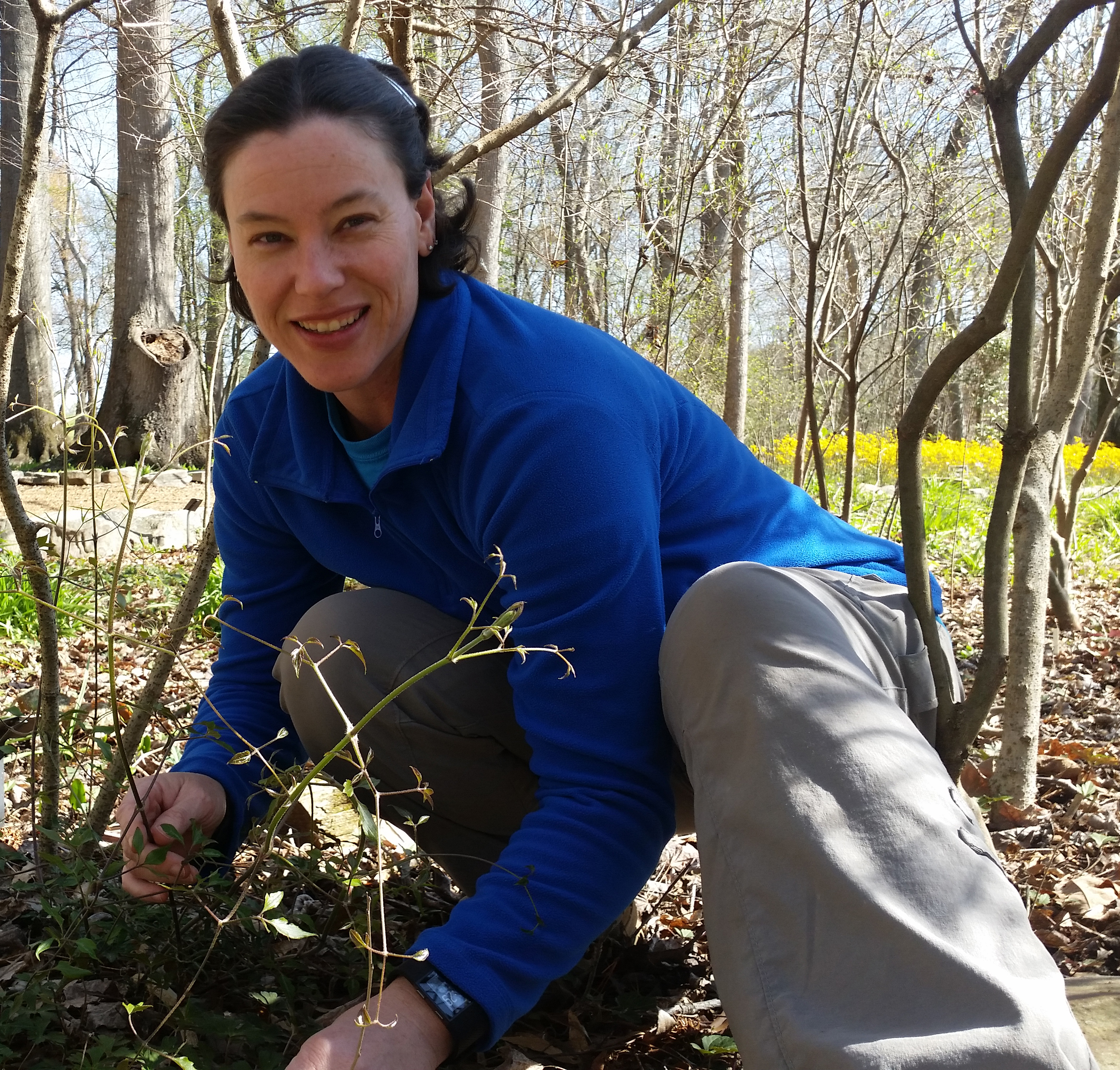Why is control of invasive plants important?
Most of the introduced plants used in gardens and landscaping are not inherently harmful. However, a few species escape cultivation into unmanaged “natural” landscapes, becoming “weeds” that displace the native plant communities and negatively affect the wildlife that depended on them for survival. When an aggressive exotic plant is introduced to a new environment, the factors that normally limit its range may not be present allowing it to take over whole ecosystems.
When invasive plants spread and crowd out native plants they can increase the risk of wildfire or flood incidence, clog waterways, degrade recreational opportunities, and destroy economically important range and timber lands. Invasive plants can radically alter ecosystems, creating a cascading effect that harms all types of native wildlife.
There are three things that make a plant invasive:
- Not native to the area
- Can survive, reproduce, and spread without help from people
- Causes or is likely to cause environmental harm, economic harm, or harm to human health
Invasive plants are non-native, spread vigorously, and cause or are likely to cause environmental or economic harm.
How do invasive plants cause harm?
The Alabama Extension service states:
“Non-native invasive species can have numerous impacts within natural areas, production forest lands, pastures, right of ways, roadsides, and urban green spaces. Invasive plants often out-compete native species, eventually displacing or killing them. This reduces the native plant biodiversity and health, which in turn, leads to reduced availability of wildlife food and habitat. Some invasive species also have additional negative effects on ecosystem functions, such as fire regimes, water cycles, soil characteristics, and the regeneration of forests and other natural areas. Ultimately, infestations reduce crop and forest productivity, impact wildlife, hamper hunting, fishing and other outdoor activities and reduce ecosystem functioning.”
The economic cost is as significant as the ecological cost. In Alabama, millions of dollars go toward fighting invasive plants every year, and national figures are estimated at well over 100 billion dollars annually for the control of invasive species. Preventing the establishment of invasive plants and catching infestations when still small are the most cost-effective ways to help slow the spread of invasive plants across the landscape.
What can you do to help?
- Learn to identify plants that are invasive in your area. In addition to the Alabama State Noxious weed list, the Alabama Invasive Plant Council(ALIPC) has compiled a list of plant species considered to be invasive in Alabama.
- Don’t purchase or grow known invasive plants on your property.
- Remove invasive plants from your property (just because you can “contain” it doesn’t mean wind or birds won’t spread it to other properties).
- Minimize transport of invasive plants from infested to uninfested areas by cleaning vehicles and equipment.
- Avoid working in infested areas when seeds are present or when soil conditions allow movement of roots or rhizomes. Prevent invasive plants from producing seed.
- Minimize soil disturbance as invasive plants often prefer disturbed ground. Monitor areas where soil has been disturbed.
- Maintain desirable species. Establishing and maintaining competitive, desirable plants can help prevent or slow establishment of invasive plants.
Stopping the spread of these invasive species helps natural ecosystems thrive, helps wildlife survive, and allows people to use and enjoy the beautiful and diverse landscapes of our state.
Sources:
http://www.aces.edu/natural-resources/invasive-species/plants-trees.php
https://plantright.org/education/
Alabama Invasive Plant Council (ALIPC) https://www.se-eppc.org/alabama/
Executive Order 13571 — Safeguarding the Nation from the Impacts of Invasive Species

